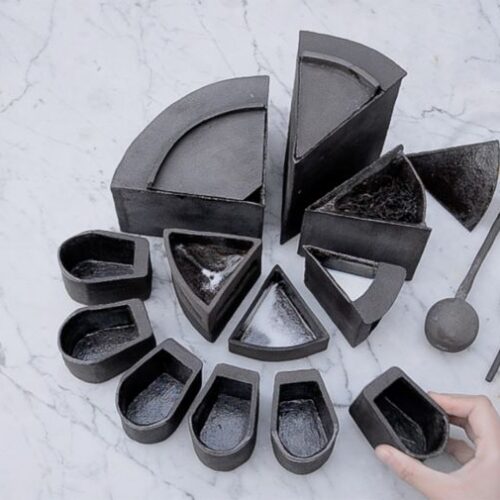
Culinary tools and notational drawing / Eating space and drawing eating
A light snack to keep you moving or a banquet for celebrations, a solitary moment or a communal event. Food is a fundamental part of human life that nourishes and sustains us, that comforts and energises us, that represents different cultures and brings them together. This essential part of existence provides us with ample opportunity to explore, challenge and innovate in everyday life, to propose new rituals, tools and environments that focus on a shared human experience. Studying how we cook and how we eat helps us to understand how human beings might come together and occupy space.
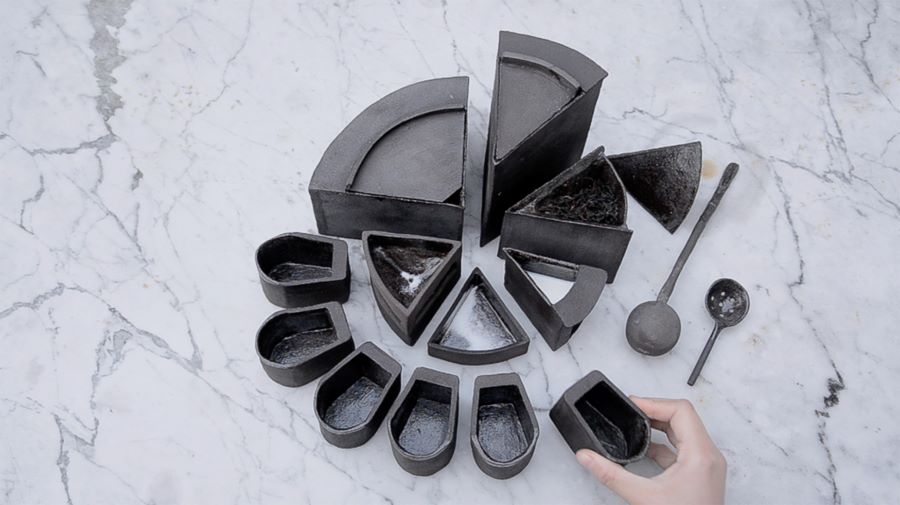
The designer Rain Wu uses food as the key material in her projects, devising performances, sculpture and installations to explore cultural heritage and the relationships that we have with nature. In 2016 she developed a new sculptural tea set and performance that blended the traditional Eastern tea ceremony with the British sensibility of a good “cuppa”. In 2018, she used bread as a tool to represent landscape and explore the different cultural narratives that it represents. An edible installation for personal experiences.
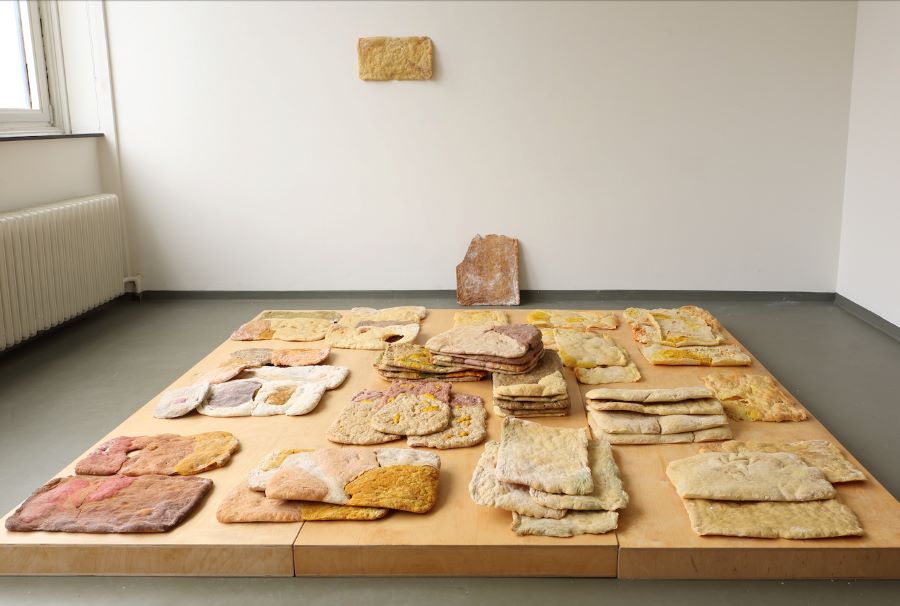
More recently, in response to the Covid-19 pandemic, Studio Boir developed a new tableware for a socially distant dinner party, the ‘New Normal Collection’. Sculptural tools and utensils that allow for the traditional placing and sharing of food on the table, but that also allow guests to maintain a safe distance from each other. Alternative bread baskets and spoons with elongated handles to make it easier to “share” your pudding…
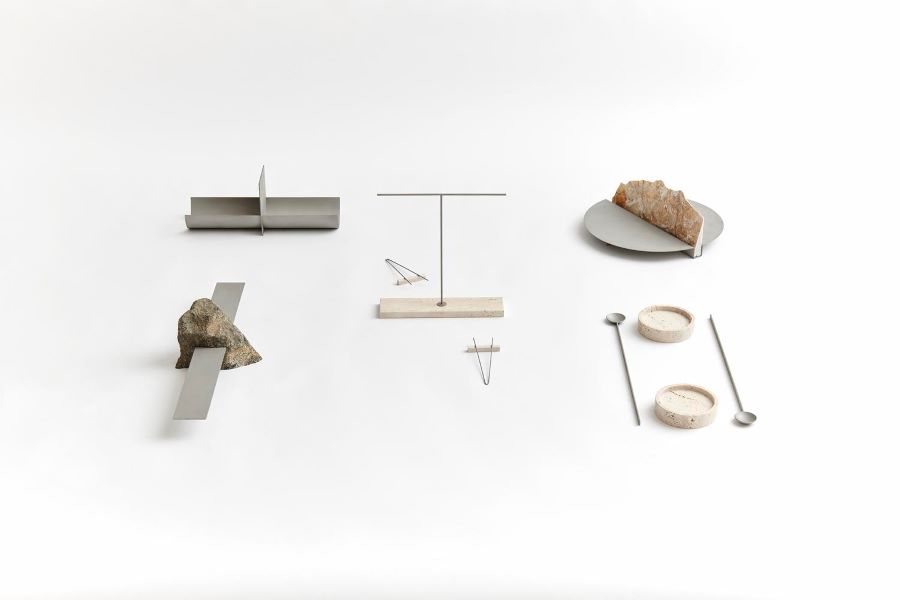
As well as new tools for eating, there are also many projects that explore new ways of cooking, and one such project is PJADAD’s ‘Collaborative Cooking’, a machine that contains 35 different ingredients and the necessary components to perform key cooking actions (stirring, blending, chopping…). Connected to the internet, chefs could input specific commands to control the cooking process, working together to explore flavour combinations and preparation techniques to generate a series of new recipes. This process of slow cooking took place over many hours, and each action was recorded digitally, but also physically in the form of continuous printouts.
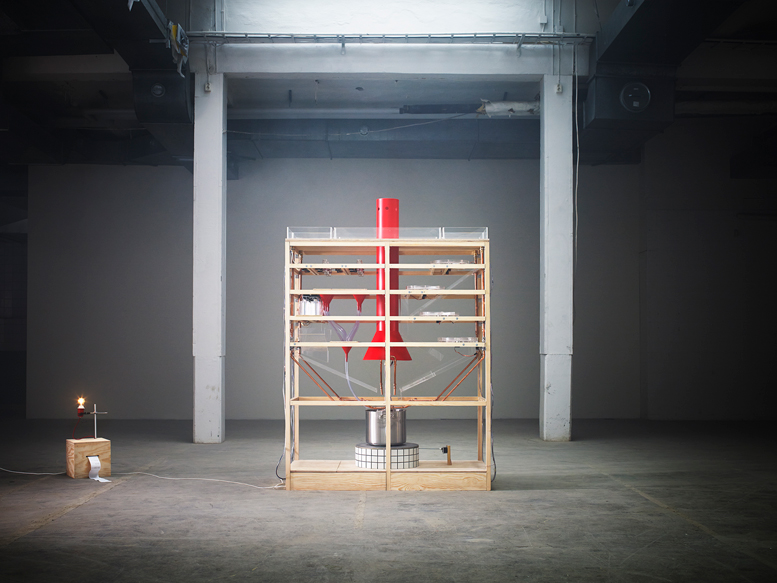
These tools demonstrate the importance of understanding how we consume food, but as well as devising tools to prepare and facilitate consumption, it is also important to consider the space that the consuming is taking place.
When Sarah Wigglesworth and Jeremy Till set out to develop the Straw Bale House, their office and home at 9/10 Stock Orchard Street, they wanted to develop a house that embodied a living, growing, and changing experience. One that would encourage spontaneity and unpredictability and allow for the random events and the temporary happenings of everyday life to occur. It’s a standout project for many reasons, including its materiality and sustainability, but it’s also important for the set of exciting drawings that they produced as part of its development.
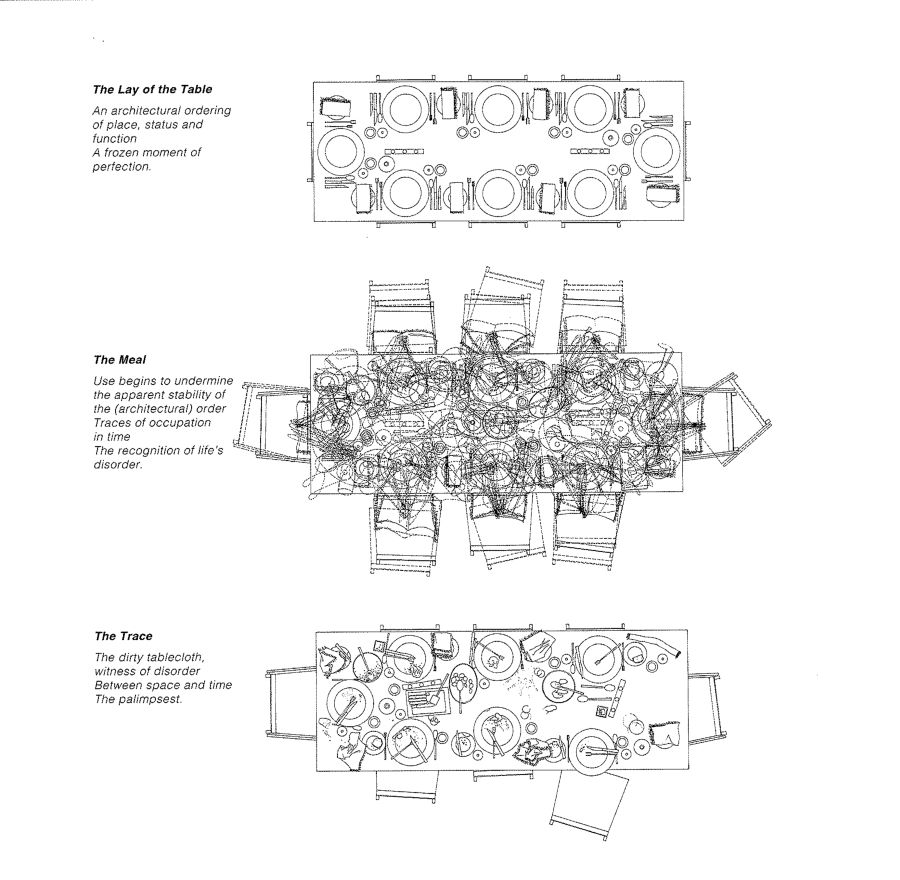
An initial reading of these notational drawings tells us that they had a great meal with their guests, but moving beyond that, we can begin to understand the volume of space that a meal occupies. We can see how chairs move during conversation, how plates move as food is shared around, and how animated people become when they’re sharing a great experience. Take the time to read the drawings and understand them, to pick out the movement of cutlery and plates, the movement of crockery and furniture, because notational drawings become a great tool for designers to communicate their ideas. They can represent the spatial programme that you’re developing and how you want people to engage with it. In this instance, these drawings were used to develop the sequence of spaces that Wigglesworth and Till eventually constructed as part of the final design.
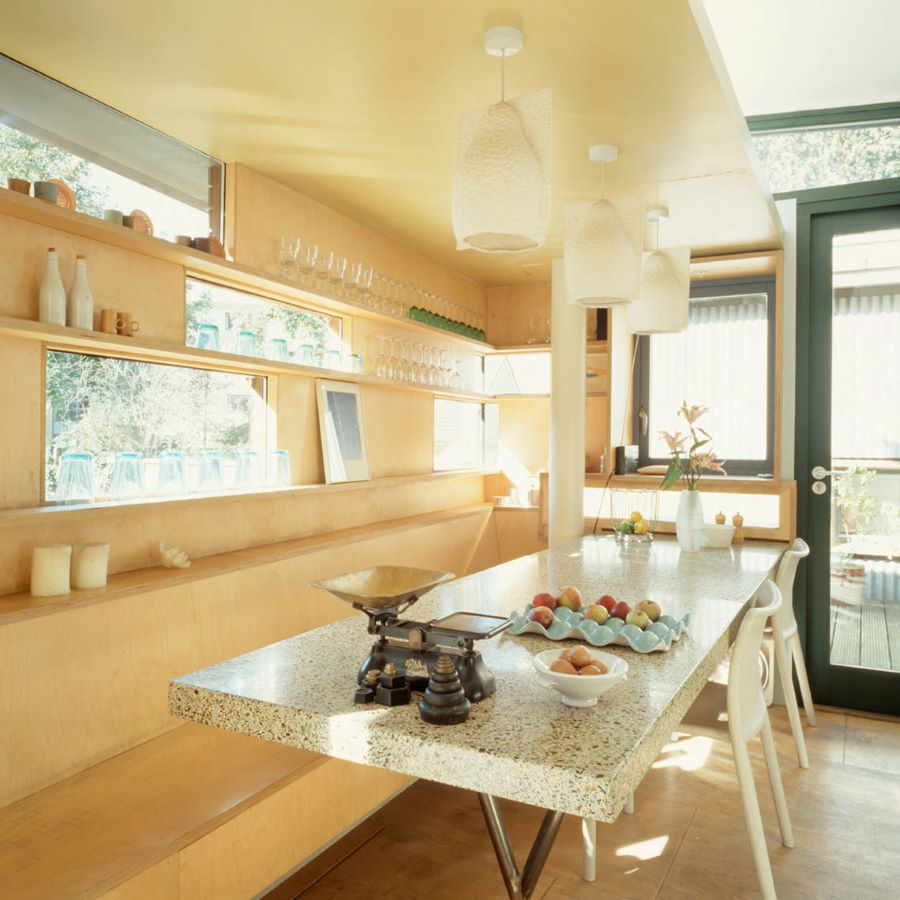
There is value in exploring food within interior design because we can use this to engage our audiences and help them to understand our design intentions. Food isn’t the only thing that we all have in common, but it is a universal language of ingredients, processes and tools that we can all understand. How can you use that language to develop your own understanding of design and spatial experience?
Further Reading:
https://www.dezeen.com/2010/11/22/food-and-design-report/#food_and_design_report
https://drawingmatter.org/to-measure-a-croissant/
https://strawbalehouseislington.wordpress.com/
|
|







I love the Wigglesworth drawing for how it tells a story of what happened at the dinner party table. Great blog, thanks Daniel!
I agree Catherine, the ‘meal’ drawing is great, very chaotic, the layer panel would come in handy when drawing this digitally!
Yes, building up a number of layers would definitely help with this one! Layers would also let you animate it and make a GIF. You could also try hand-drawing it on tracing paper, creating analogue layers that you could experiment with…